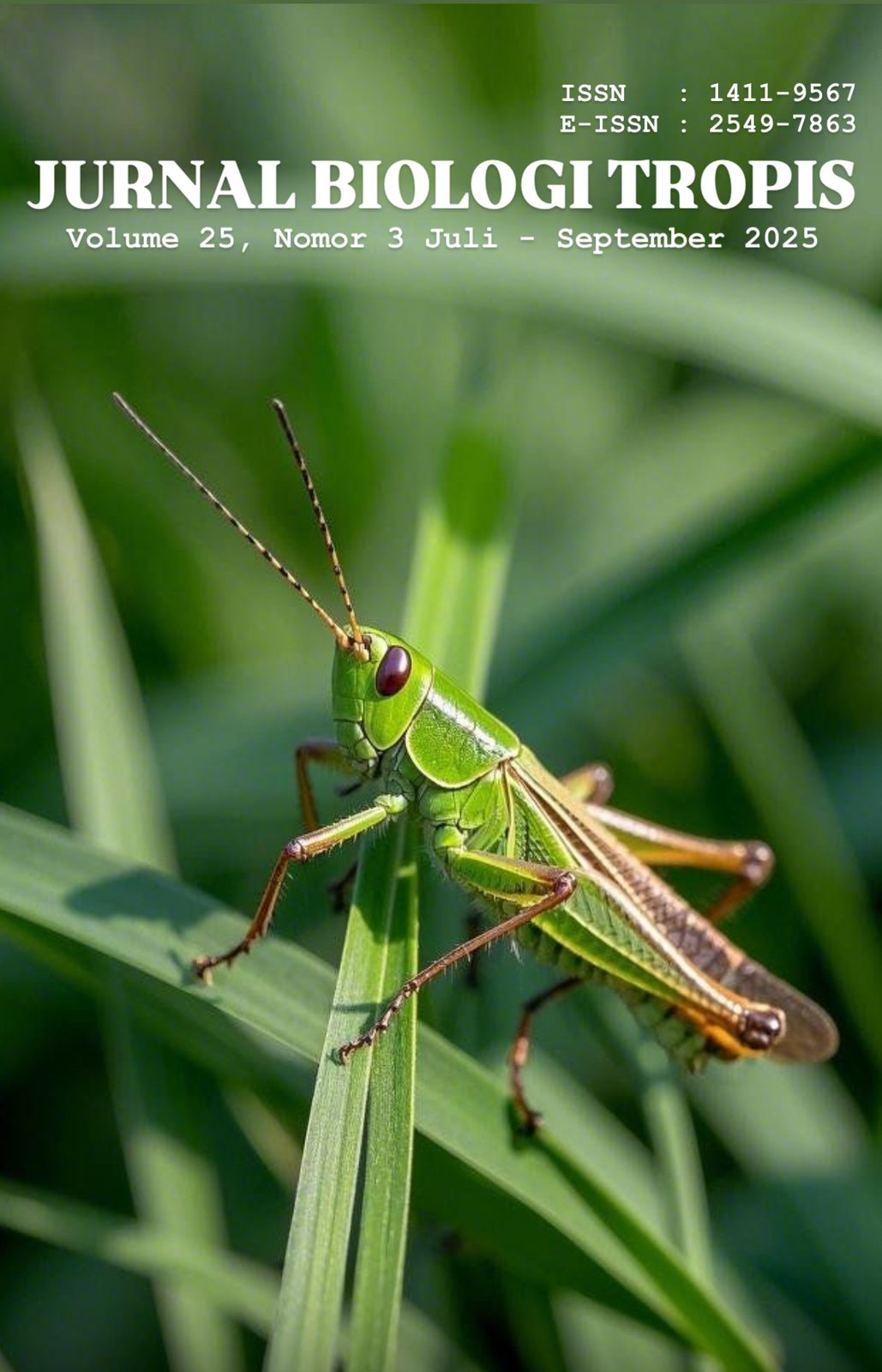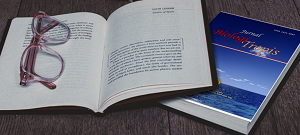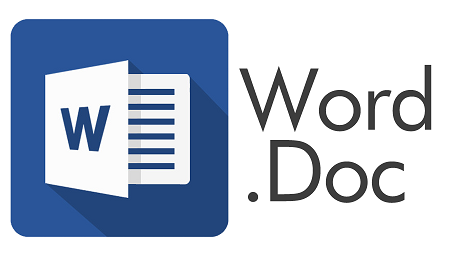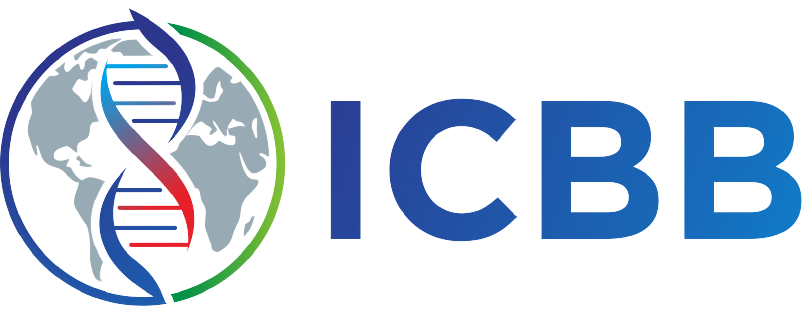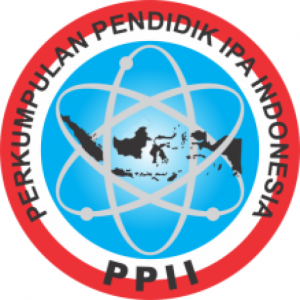The Role of Musical Hobbies in Enhancing Children's Learning Concentration
Authors
Inayah Wulandari , Rangga Cahya Prasetya , Wira Satriawan , I Kadek Semadi , Herpan Syafii HarahapDOI:
10.29303/jbt.v25i3.9185Published:
2025-07-09Issue:
Vol. 25 No. 3 (2025): Juli-SeptemberKeywords:
Children, concentration, music hobby, neuroplasticity.Articles
Downloads
How to Cite
Downloads
Metrics
Abstract
Childhood is a golden period for brain development. Musical activities such as listening, singing, and playing instruments involve various sensory and motor systems and can enhance brain function. These activities stimulate different areas of the brain and are believed to support cognitive functions, including concentration during learning. This study used a literature review method. Sources were collected from academic databases such as PubMed, Google Scholar, and ProQuest. The review found that musical activities enhanced the structure and function of several brain regions. Early musical training increased grey matter connectivity in hippocampus, primary motor cortex, supplementary motor area, and broca’s area. White matter development also occurred in motor cortex, occipital lobe, arcuate fasciculus, and corpus callosum. In addition, musical engagement activated brain's reward system, particularly involving dopamine, which supported persistence and focus in learning. Musical hobbies contributed positively to improvement of children's learning concentration. This occurred through mechanisms of brain neuroplasticity that were influenced by regular engagement with musical activities. It was recommended that musical activities be introduced from an early age, especially during golden period, with selection of appropriate types of music, such as classical music that promotes calmness and supports attention.
References
Avandra, R., Mayar, F., & Desyandri. (2023). Pengaruh Musik Terhadap Motivasi Belajar Dan Emosional Siswa Dalam Pembelajaran Di Sekolah Dasar. Didaktik : Jurnal Ilmiah PGSD STKIP Subang, 9(2), 2620–2629. DOI: https://doi.org/10.36989/didaktik.v9i2.997
Barbaroux, M., Dittinger, E., & Besson, M. (2019). Music training with Démos program positively influences cognitive functions in children from low socio-economic backgrounds. PLoS ONE, 14(5), 1–21. DOI: https://doi.org/10.1371/journal.pone.0216874
Brown, R. M., Zatorre, R. J., & Penhune, V. B. (2015). Expert music performance: Cognitive, neural, and developmental bases. In Progress in Brain Research (1st ed., Vol. 217). Elsevier B.V. DOI: https://doi.org/10.1016/bs.pbr.2014.11.021
Budiati, B., Hardiany, D. R., & Haryani, S. (2021). Optimizing Golden Period Through Early Detection of Language Skills and Multilanguage Stimulation. PHILOSOPHICA Jurnal Bahasa, Sastra, Dan Budaya, 4(2), 98. DOI: https://doi.org/10.35473/po.v4i2.1425
Del Campo, N., Chamberlain, S. R., Sahakian, B. J., & Robbins, T. W. (2011). The roles of dopamine and noradrenaline in the pathophysiology and treatment of attention-deficit/hyperactivity disorder. Biological Psychiatry, 69(12), 145–157. DOI: https://doi.org/10.1016/j.biopsych.2011.02.036
Ding, K., Li, J., Li, X., & Li, H. (2024). Understanding the Effect of Listening to Music, Playing Music, and Singing on Brain Function: A Scoping Review of fNIRS Studies. Brain Sciences, 14(8). DOI: https://doi.org/10.3390/brainsci14080751
Giacosa, C., Karpati, F. J., Foster, N. E. V., Penhune, V. B., & Hyde, K. L. (2016). Dance and music training have different effects on white matter diffusivity in sensorimotor pathways. NeuroImage, 135, 273–286. DOI: https://doi.org/10.1016/j.neuroimage.2016.04.048
Guyton, A. C., Hall, J. E. (2012). Textbook of Medical Physiology (12th ed.). Saunders Elsevier. ISBN: 9789814371186
Hyde, K. L., Lerch, J., Norton, A., Forgeard, M., Winner, E., Evans, A. C., & Schlaug, G. (2009). Musical training shapes structural brain development. Journal of Neuroscience, 29(10), 3019–3025. DOI: https://doi.org/10.1523/JNEUROSCI.5118-08.2009
Janzen, T. B., & Thaut, M. H. (2018). Rethinking the role of music in the neurodevelopment of autism spectrum disorder. Music and Science, 1, 1–18. DOI: https://doi.org/10.1177/2059204318769639
Karpati, F. J., Giacosa, C., Foster, N. E. V., Penhune, V. B., & Hyde, K. L. (2017). Dance and music share gray matter structural correlates. Brain Research, 1657, 62–73. DOI: https://doi.org/10.1016/j.brainres.2016.11.029
Kasuya-Ueba, Y., Zhao, S., & Toichi, M. (2020). The Effect of Music Intervention on Attention in Children: Experimental Evidence. Frontiers in Neuroscience, 14(July), 1–15. DOI: https://doi.org/10.3389/fnins.2020.00757
Lo, Y. L., & Deng, Y. L. (2019). Categorization of alpha wave music by SOM reduction. International Journal of Applied Science and Engineering, 16(2), 95–107. DOI: https://doi.org/10.6703/ijase.201909_16(2).095
Malhotra, A., Selvarajan, S., Goyal, U., Garg, A., Grover, M., Sengupta, P. Das, & Mohammed, S. (2024). Exploring the Relationship between Music Learning and Student Educational Performance. Evolutionary Studies in Imaginative Culture, 8.1(S2), 663–672.DOI: https://doi.org/10.70082/esiculture.vi.1135
Oechslin, M. S., Van De Ville, D., Lazeyras, F., Hauert, C. A., & James, C. E. (2013). Degree of musical expertise modulates higher order brain functioning. Cerebral Cortex, 23(9), 2213–2224. DOI: https://doi.org/10.1093/cercor/bhs206
Olszewska, A. M., Gaca, M., Herman, A. M., Jednoróg, K., & Marchewka, A. (2021). How Musical Training Shapes the Adult Brain: Predispositions and Neuroplasticity. Frontiers in Neuroscience, 15(3). DOI: https://doi.org/10.3389/fnins.2021.630829
Prima, E. (2018). Pengaruh Ritme Otak dan Musik dalam Proses Belajar. KOMUNIKA: Jurnal Dakwah Dan Komunikasi, 12(1), 43–57. DOI: https://doi.org/10.24090/komunika.v12i1.1351
Rueda, M. R., Checa, P., & Rothbart, M. K. (2010). Contributions of attentional control to socioemotional and academic development. Early Education and Development, 21(5), 744–764. DOI: https://doi.org/10.1080/10409289.2010.510055
Rueda, M. R., Moyano, S., & Rico-Picó, J. (2023). Attention: The grounds of self-regulated cognition. Wiley Interdisciplinary Reviews: Cognitive Science, 14(1), 1–10. DOI: https://doi.org/10.1002/wcs.1582
Rumampuk, J. F., Pangemanan, D. H. C., Moningka, M. E. W., & Polii, H. (2023). The Effect of Alpha Wave Audio and Theta Wave Audio on Brain Concentration Power in Students of the Faculty of Medicine, Sam Ratulangi University Class of 2019. Scholar Journal of Applied Medical Sciences, 11, 87–90. https://doi.org/DOI: DOI: 10.36347/sjams.2023.v11i01.014
Sadiyah, Sista Liana, M. (2024). Studi Tentang Kesulitan Fokus Anak dalam Pembelajaran : Tinjauan Psikologis dan Edukatif. PIJAR: Jurnal Pendidikan Dan Pengajaran, 3(1), 26–33. DOI: https://doi.org/10.58540/pijar.v3i1.646
Schlaffke, L., Friedrich, S., Tegenthoff, M., Güntürkün, O., Genç, E., & Ocklenburg, S. (2020). Boom Chack Boom—A multimethod investigation of motor inhibition in professional drummers. Brain and Behavior, 10(1), 1–11. DOI: https://doi.org/10.1002/brb3.1490
Schlaug, G. (2015). Musicians and music making as a model for the study of brain plasticity. In Progress in Brain Research (1st ed., Vol. 217). Elsevier B.V. DOI: https://doi.org/10.1016/bs.pbr.2014.11.020
Steele, C. J., Bailey, J. A., Zatorre, R. J., & Penhune, V. B. (2013). Early musical training and white-matter plasticity in the corpus callosum: Evidence for a sensitive period. Journal of Neuroscience, 33(3), 1282–1290. DOI: https://doi.org/10.1523/JNEUROSCI.3578-12.2013
T. Zaatar, M., Alhakim, K., Enayeh, M., & Tamer, R. (2024). The transformative power of music: Insights into neuroplasticity, health, and disease. Brain, Behavior, and Immunity - Health, 35(12), 100716. DOI: https://doi.org/10.1016/j.bbih.2023.100716
Vandormael, C., Schoenhals, L., Hüppi, P. S., Filippa, M., Borradori Tolsa, C., & Montirosso, R. (2019). Language in Preterm Born Children: Atypical Development and Effects of Early Interventions on Neuroplasticity. Neural Plasticity, 2019. DOI: https://doi.org/10.1155/2019/6873270
Wenger, E., Brozzoli, C., Lindenberger, U., & Lövdén, M. (2017). Expansion and Renormalization of Human Brain Structure During Skill Acquisition. Trends in Cognitive Sciences, 21(12), 930–939. DOI: https://doi.org/10.1016/j.tics.2017.09.008
License
Copyright (c) 2025 Inayah Wulandari, Rangga Cahya Prasetya, Wira Satriawan, I Kadek Semadi, Herpan Syafii Harahap

This work is licensed under a Creative Commons Attribution 4.0 International License.

Jurnal Biologi Tropis is licensed under a Creative Commons Attribution 4.0 International License.
The copyright of the received article shall be assigned to the author as the owner of the paper. The intended copyright includes the right to publish the article in various forms (including reprints). The journal maintains the publishing rights to the published articles.
Authors are permitted to disseminate published articles by sharing the link/DOI of the article at the journal. Authors are allowed to use their articles for any legal purposes deemed necessary without written permission from the journal with an acknowledgment of initial publication to this journal.

